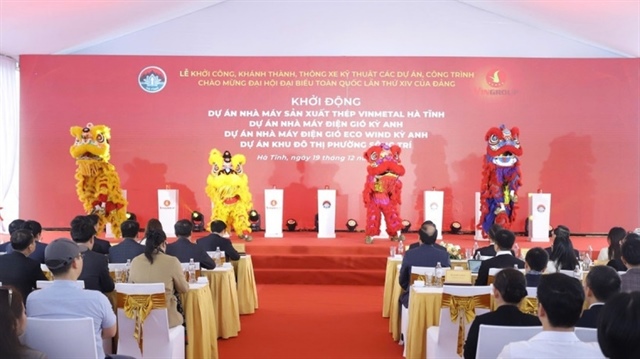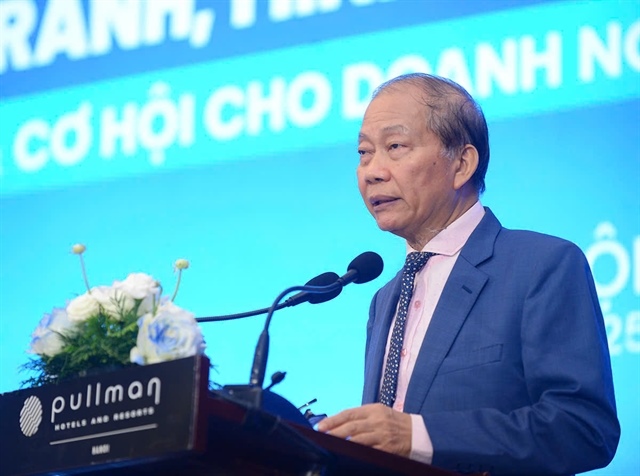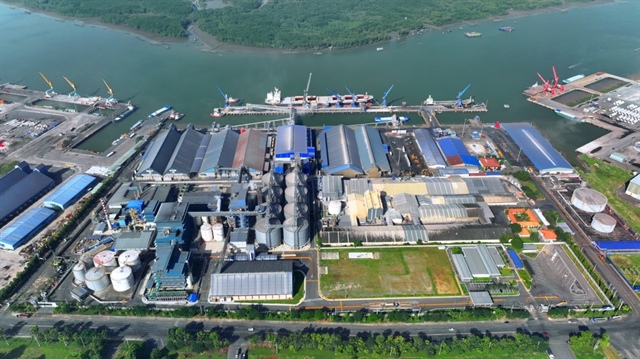Will Samsung find its opportunities in power sector in Vietnam?
Will Samsung find its opportunities in power sector in Vietnam?
Samsung moves ahead with its plan to develop power projects in Vietnam. However, it’s still unclear if it can succeed in the energy sector, once the Electricity of Vietnam (EVN) remains the only wholesale buyer.

Samsung eyeing Vietnamese power sector
According to Nguyen Khac Tho, Deputy General Director of the Energy General Directorate, Samsung is considering developing a thermopower plant project in Vietnam, either in Nghe An, Ha Tinh, Quang Binh, Hau Giang or Kien Giang.
In early August 2013, Deputy Prime Minister Hoang Trung Hai requested the Ministry of Industry and Trade to consider developing a project in the cooperation with Samsung.
In 2012, Samsung poured $7 billion to the first phase of the green energy city project in South Korea, which is expected to get completed by 2040. Meanwhile, Samsung Heavy Industries has invested $50 million in a wind power plant in Scotland.
An official of the Foreign Investment Agency, an arm of the Ministry of Planning and Investment, thinks that Samsung plans to pour money into the power sector in anticipation of the establishment of a competitive power generation market.
Under the Ministry of Industry and Trade’s Circular No. 03, the competitive power generation market would take shape by 2014, while the competitive wholesale market would form up in 2015-2022, and from 2022, Vietnam would have the competitive retail market.
Will Samsung’s electricity be salable?
The Q4/2013 report of BMI (Business Monitor International, the UK) about the Vietnamese power sector showed that the electricity demand in the country has witnessed the double digit growth rate since 2000.
The Vietnamese Ministry of Industry and Trade said the power sector would need 80 billion from now until 2025. Of this amount, $52 billion would be spent on power generation projects, while the remaining would be funneled into transmission and distribution projects.
The figures show the great potentials for the investors in the power sector. However, they would face great challenges as well. Though the competitive power generation market has kicked off, the Electricity of Vietnam (EVN) still holds the big power which allows it to set electricity prices.
According to BMI, the ceiling price at which EVN can buy from wind power projects is $0.078 per kwh, which is much lower than the regional average level of $0.15. However, EVN only accepts to buy electricity from REVN Company’s wind power plant in Binh Thuan province at $0.06 per kwh. As a result, the project still has been incurring loss over the last three years.
REVN is the first private enterprise which carries out a wind power project in Vietnam.
Commenting about the competitive power generation market, an official of the Vietnam Energy, who asked to be anonymous, said the market at this moment must not be a “competitive” market with hundreds of sellers and only one buyer.
The official went on to say that EVN’s power plants still provide 60 percent of the total supply. The other powerful conglomerates, including PetroVietnam, Vinacomin, Song Da Corporation and 200 small and medium hydropower plants can hold 40 percent of the market share only.
Pham Chi Lan, a well-known economist, in an interview given to the local press, said even the big guys such as PetroVietnam and VInacomin still have been bullied by EVN. Therefore, other enterprises have every reason to worry when joining the market.
vietnamnet
























